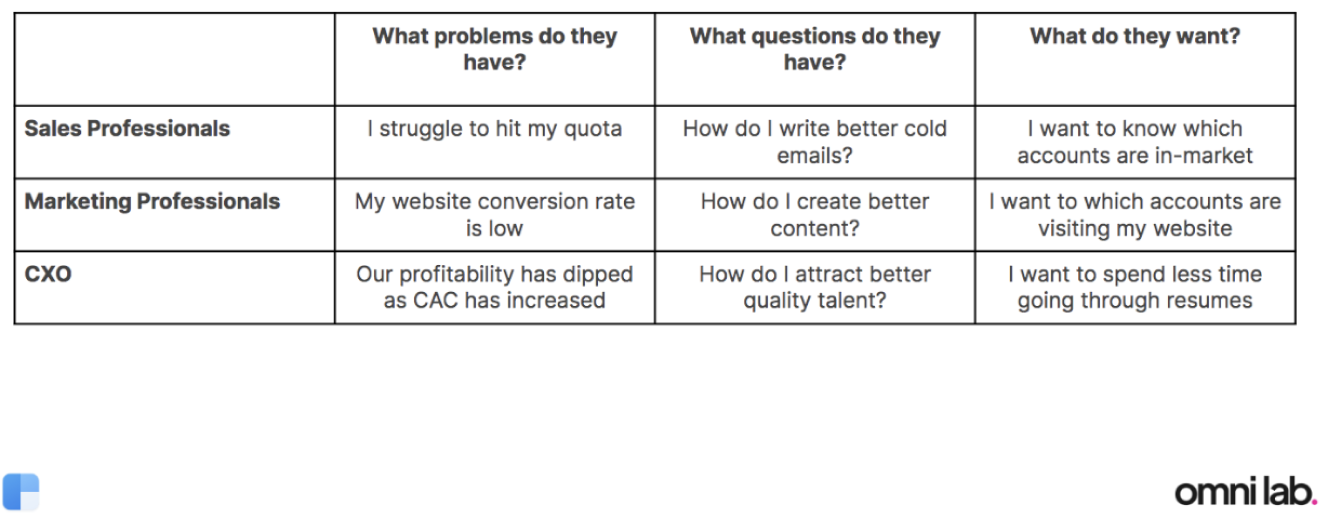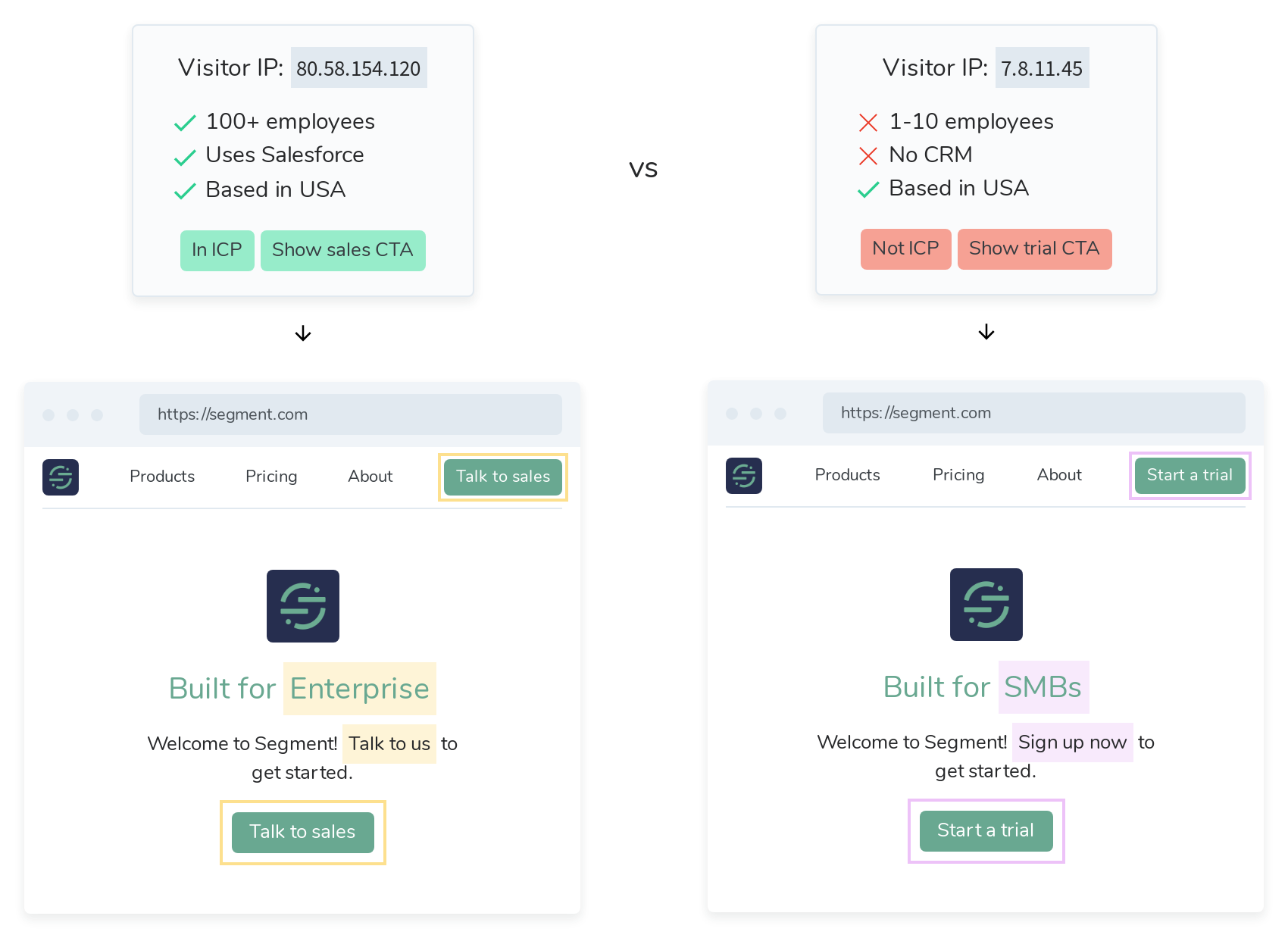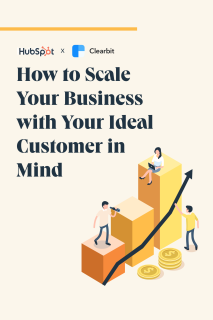Chapter 4
5 minutes
Activating your ICP
With a clear definition of your ideal customer profile, it’s time to roll out the red carpet and create buyer-centric experiences that convert.
“Take your ICP definition and operationalize it from top to bottom throughout the funnel. For a company that's connecting their ICP from acquisition through their website, and then down into operations and sales engagement, they are able to create a red carpet for that ICP.”
- Kevin Tate, CMO at Clearbit
Activating your ICP enables you to sync your ideal customer profile across your go-to-market tools and channels so you can acquire your best-fit customers in a cost-effective and scalable way.
How to activate your ICP throughout the funnel
Lead Scoring and Routing
With a clearly-defined focus on who the best-fit companies are for your business, you can prioritize sales reps’ time and build a more seamless buyer journey.
Accounts that match your ICP should be assigned the highest score, routed to the right people, and followed up on promptly. Alternatively, if an account doesn’t match your ICP, you can add steps in the qualification process to ensure it’s a good fit before passing it to sales.
When Frame.io refined their ICP, their first step was to adjust their scoring models to prioritize their new ideal companies. Using your ICP to prioritize reps’ time decreases speed to lead and generates more qualified meetings. For more information on how to build a lead qualification system that drives revenue, check out the Modern Guide to Lead Qualification.
Ad Targeting
Another essential way to activate your ICP is through targeted ad campaigns.
Targeting your ICP on ad platforms keeps costs low, conversions high, and drives efficiency in the funnel. As Jonathan Bland, co-founder of demand agency Omni Lab says, “I could have the best creative and the best offer, but if it’s targeted at the wrong person, no dice.” And, finding efficiency is more important than ever with rising ad costs and shrinking budgets.
Colin White, Director of Demand at Clearbit, shares that a key way to target the right people is by using offline conversion tracking to take your CRM data and feed that back into ad platforms like Facebook and Google. Doing so helps increase quality and ensures you’re only spending money on your ideal customers.
With the right targeting in place, it’s time to focus on delivering a timely and relevant message. As consumers, we’re exposed to thousands of ads daily, so if you want to stand out, you need to speak directly to buyers’ pain points in a memorable way. Omni lab put together a content matrix that helps you think about how to map your personas to what they care most about.

Once you’ve identified the who and the what, you need to select the where. While there are many different ad platforms, you want to choose the ones where buyers within your ICP spend the most time. For example, as a consumer brand, you may utilize TikTok and Instagram, while B2B brands may focus their efforts on LinkedIn or Facebook. However, this isn’t a one-size fits all approach. Do the research to meet your buyers where they are.
Combining the right targeting with the right messaging and the right channel helps you deliver memorable ad experiences that convert. Check out the Advertising Plan Kit for more information.
Website personalization
According to Adobe, 67% of consumers think it’s important for brands to automatically adjust content based on the current context. When brands don't adjust accordingly, 42% of consumers will "get annoyed" that content isn’t personalized.
Web personalization helps you deliver custom journeys to continue to move buyers down the funnel.
A website personalization strategy starts with knowing your ideal customer profile. This helps you identify the types of segments for which you would like to personalize your site. Once you know your target audience, you want to make sure you have the data infrastructure in place to activate your ICP and accurately reach visitors. This can be done with Clearbit Reveal, which helps you de-anonymize website visitors. Then, you’ll want to make sure you have a tool like Optimizely or Mutiny or a way to deliver and track custom website experiences (think personalized CTAs, custom messages, and more).

Greenhouse increased their enterprise demo conversion rate request by 15% by implementing website personalization. Using Clearbit Reveal to detect firmographic traits and Optimizely to serve personalized content and CTAs, they are able to create a more seamless buyer experience and speak directly to their enterprise ICP.
Intent-based outreach
Activating your ICP means reaching the right people at the right time with the right message, and an important way to do this is through intent-based outreach.
Intent-based outreah enables you to identify ICP accounts visiting your website for more personalized outreach that converts. This can be used in many different ways for new business, upsells, renewals, re-engaging closed lost customers, or identifying the size of a buying committee.
For example, you can identify which customers in your ICP haven’t engaged with your site in a long time, which companies have consistently been on your site, and which pages (pricing, customer stories, etc.) are driving the most interest. Then, sales and customer success professionals can use this information to write more tailored emails and start a relevant conversion.
Intent-based outreach combines targeting the right companies (ICP) with a timely and relevant message based on actions they have taken.

With your ICP activated across channels, you’ll be on the path to more revenue before you know it.

